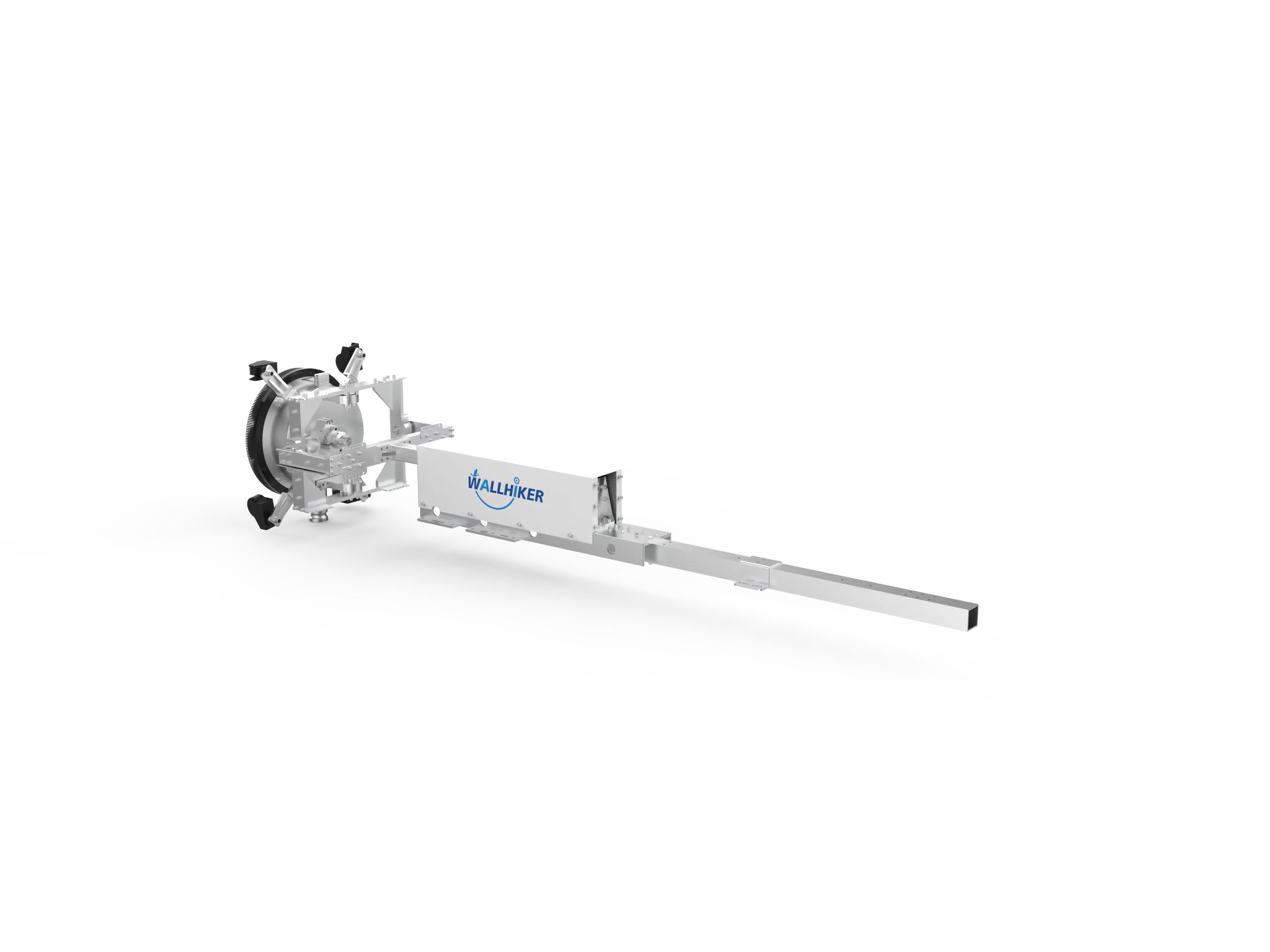Hydroblasting robots represent a significant advancement in surface cleaning technology, utilizing high-pressure water jets to efficiently clean, remove coatings, and strip contaminants from surfaces. These robots have found applications in various industries such as oil and gas, construction, shipbuilding, and manufacturing, where cleanliness and surface preparation are critical for optimal performance.
Hydroblasting, also known as water jetting, involves using high-pressure water jets to clean surfaces or remove unwanted materials. Unlike traditional abrasive blasting methods, hydroblasting is a chemical-free process that relies solely on the force of water to dislodge contaminants such as dirt, paint, rust, and sludge from surfaces.
Hydroblasting robots are robotic devices designed to automate this process, improving efficiency, safety, and precision. The key component of these robots is their high-pressure water delivery system, which directs water through nozzles at extremely high velocities to achieve deep cleaning and material removal.

The process of hydroblasting involves several stages, each carried out seamlessly by the robot to ensure effective cleaning and surface preparation:
Before the hydroblasting robot is deployed, the area to be cleaned is assessed to determine the appropriate water pressure, nozzle type, and cleaning pattern. This ensures that the robot operates efficiently and minimizes the risk of damaging the surface.
In industries such as oil and gas, where hydroblasting robots are often used to clean pipelines or tanks, the surface may be prepared by removing loose debris or assessing the material’s condition. The robot is then placed on the surface, ready to begin its cleaning cycle.
Once the hydroblasting robot is activated, its high-pressure water jets begin discharging water at the target surface. The robot moves systematically along the surface, ensuring complete coverage. Depending on the contamination level, the robot may pass over the same area multiple times to achieve the desired result.
For delicate surfaces, operators can adjust the water pressure or nozzle configuration to reduce the impact, ensuring that only the contaminants are removed without damaging the underlying material.
As the robot moves, it constantly receives feedback from its sensors and cameras, allowing for real-time adjustments. For example, if the robot encounters a heavily corroded area, it can increase the water pressure or adjust its path to focus more on that spot. This dynamic navigation ensures that every part of the surface is cleaned thoroughly.
In some cases, the robot may use a vacuum system to collect water and debris as it cleans, preventing contamination of the surrounding area and minimizing cleanup efforts.
After the cleaning process, the robot can perform a post-cleaning inspection using its onboard cameras. This allows operators to evaluate the surface quality and ensure that all contaminants have been successfully removed. The robot’s data can also be used to generate reports, documenting the cleaning process for future reference or regulatory compliance.
Hydroblasting robots represent a major leap forward in surface cleaning technology, offering a safe, efficient, and environmentally responsible solution for industrial cleaning challenges. By utilizing high-pressure water jets, advanced robotics, and automated navigation, these robots ensure thorough cleaning and surface preparation, while minimizing risks to human operators. As industries continue to prioritize safety, efficiency, and sustainability, hydroblasting robots are set to become even more integral to industrial maintenance and operations.